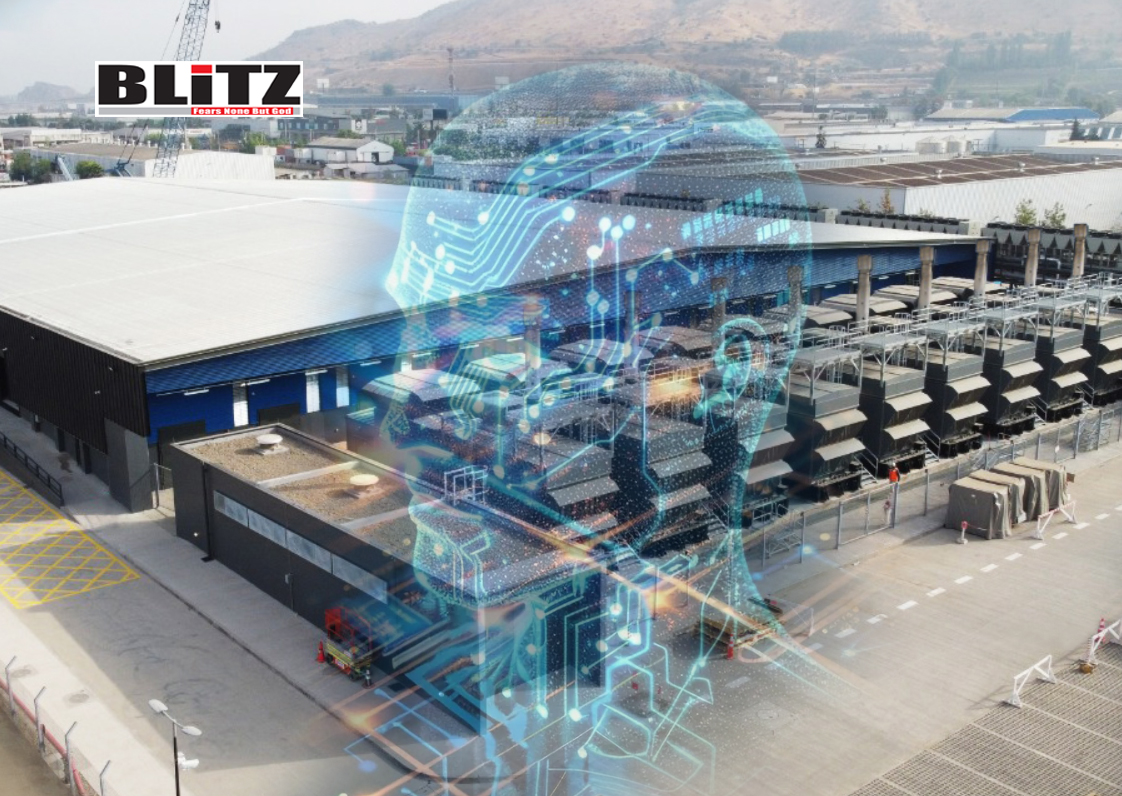Powering the future: Why energy and infrastructure are the backbone of AI’s revolution
- Update Time : Saturday, May 3, 2025

The explosive growth of artificial intelligence (AI) is transforming industries, economies, and societies at a breakneck pace. But behind the rapid innovations in generative models, robotics, and automation lies a critical – and often underappreciated – foundation: infrastructure. As AI evolves from a promising trend to an essential utility on par with electricity and the internet, the need for robust data centers and reliable energy sources has never been more urgent.
Today’s AI boom is straining the limits of existing infrastructure, creating both bottlenecks and historic opportunities. The global demand for data centers is skyrocketing, but a shortage of dependable power is threatening to slow down the momentum. This imbalance is driving a new wave of global investment, not just in digital infrastructure but in energy systems capable of supporting the next era of innovation.
The shift in perception around AI is profound. No longer regarded as a niche technology, AI is increasingly viewed as a fundamental part of modern life – akin to electricity or broadband access. As a result, investment patterns are changing dramatically. Private markets are riding the AI wave with vigor: AI-related deals now account for about 3 percent of all transactions but a striking 15 percent of total capital invested.
Venture capitalists are also pouring unprecedented sums into AI application platforms. Funding levels have soared to 10 times their previous benchmarks, and valuations are running five times higher than typical venture investments. For many AI companies, the median funding multiple has reached an eye-watering 25 times revenue. For top-performing firms, it’s as high as 40 times revenue – a clear indication of the enormous growth expectations baked into today’s investments.
However, some observers warn of the early signs of a bubble. Still, given AI’s increasing integration into every aspect of business and daily life, many believe that the sector’s fundamental trajectory remains solid, even if some valuations eventually correct.
Large technology companies, many of them deeply invested in AI development, are becoming ever more central to the global economy. Today, tech firms collectively represent about $15 trillion – roughly 15 percent of global gross domestic product (GDP). If current trends persist, that number could grow to $35 trillion, or even $50 trillion if AI continues to expand its influence, accounting for as much as 35 percent of global GDP.
This potential economic impact underscores the importance of ensuring that infrastructure growth can keep pace with technological progress. Without adequate power and data capacity, even the most sophisticated AI models and applications could stall, missing their transformative potential.
A look back at previous technological shifts illustrates just how massive today’s challenge is. During the original internet boom, the US built about 2 gigawatts (GW) of data center capacity over 16 years. In the cloud computing era, this figure rose to 6 GW.
Now, fueled by AI, the US is adding between 2 to 7 GW of data center capacity every year – and half of that is driven by hyperscale companies like Amazon, Microsoft, and Google. These data centers are no longer modest warehouses filled with servers; they are sprawling “giga campuses” housing up to 1 million processors, particularly advanced graphics processing units (GPUs) optimized for AI model training.
Over the past six to eight years, the size of processor clusters used for AI training has grown 20 to 40 times. This incredible growth requires enormous energy supplies, robust cooling systems, and sophisticated network infrastructure, placing immense demands on energy grids and resource management.
Regions with abundant, affordable energy are particularly well-positioned to capitalize on the AI era. The Middle East, with its deep reserves of oil and gas and growing investments in renewables, stands out as a key player.
Global investment firm KKR’s recent $5 billion investment in Gulf Data Hub, a UAE-based data center company, reflects this strategic shift. Gulf Data Hub plans to add 300 megawatts (MW) of new capacity, with major expansions across the Gulf Cooperation Council (GCC) countries, including Saudi Arabia. This investment is not just about local growth; it’s a statement that the Gulf region intends to be a central hub for global AI development.
Despite the flood of capital into AI, serious challenges remain. Building the necessary energy and infrastructure to support AI growth will require vast amounts of investment – and the clock is ticking. KKR estimates that about $100 trillion will be needed for infrastructure projects globally over the next 15 years. At the same time, achieving global net-zero carbon emissions by 2050 would require an additional $200 trillion in investment.
These staggering figures illustrate the magnitude of the task ahead. Infrastructure projects – especially those that are energy-intensive – are notoriously slow and complex. Permitting, environmental regulations, material shortages, and skilled labor gaps all pose significant hurdles. Meanwhile, AI’s appetite for computational power shows no sign of slowing down.
The AI revolution offers almost boundless possibilities, from revolutionizing healthcare to transforming manufacturing and reshaping education. But realizing this potential depends heavily on the often invisible backbone of infrastructure and energy systems.
Governments, investors, and companies must recognize that the real race is not just to develop smarter algorithms, but to build the physical and digital environments where AI can thrive. In many ways, the story of AI’s future is the story of infrastructure – and whether the world can rise to meet the challenge.
Without the power to sustain it, even the most powerful AI will remain just potential. But with the right investments, planning, and urgency, humanity can unlock an era of unprecedented innovation.













Leave a Reply